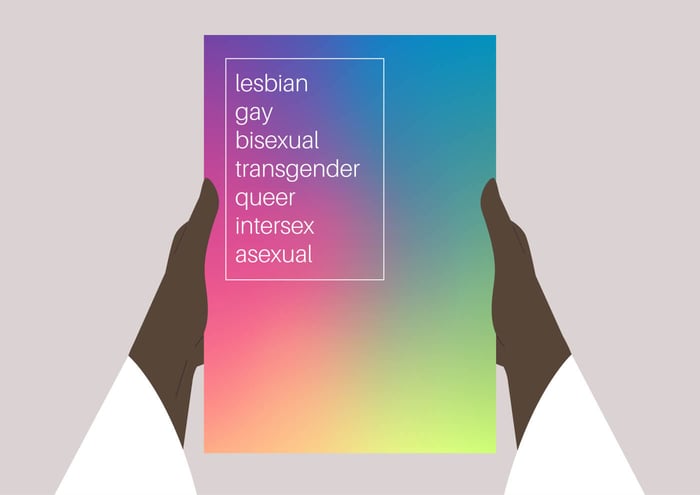
Sexualities Defined
Have you found yourself questioning sexuality and how to identify your own sexual orientation? Sexuality itself is an umbrella term used for attraction or non-attraction that can be sexual, romantic, and/or emotional.
Living in a society that emphasizes heteronormativity, it is super common to feel isolated or confused about what you do or do not feel attraction to and how to express these attractions to other people. The language surrounding sexuality or sexual orientation is nuanced and constantly evolving but one thing remains the same, the different terms are meant to serve as a way for people to feel seen and understood on their individual journies of sexual self-discovery and satisfaction.
What are the different sexualities?
While there is no definitive number of sexualities, there are certain sexualities and sexual orientations that you are more likely to come across in your day to day. All of the following sexualities fall within their own individual spectrums, meaning one size does not fit all when it comes to identifying with a particular sexuality.
Asexual (Ace) :
Until recently, most people assumed that everyone experienced some form of sexual attraction. While this can be true for individuals that identify as asexual or ace, most people that identify with the term experience no sexual attraction or desire at all. Identifying as asexual does not correlate with sexual behavior. Some asexual people feel neutral engaing in sexual activity while others are actively turned off by the idea of engaging in sex. People who are asexual can still enjoy physical signs of affection such as cuddling, holding hands, kissing, etc.
Bisexual:
People who identify as bisexual usually find themselves sexually, emotionally, or romantically attracted to two or more genders. While the prefix bi- might seem to imply the existence of only two genders, bisexuality does not enforce the gender binary. Bisexuality simply means an attraction to two or more genders, including women, femmes, men, nonbinary people, and any other combination of genders.
Demisexual:
Demisexual is a sub category of the asexual spectrum. Demisexuals only experience sexual attraction to people that they have established a strong romantic or emotional relationship with.
Gay/Homosexual:
The words gay and homosexual are used to identify individuals that are sexually attracted to people of the same or similar gender.

Heterosexual/Straight :
The words heterosexual and straight are used to identify people who are only attracted to people of the “opposite” gender, for example, men that are exclusively attracted to women and women who are exclusively attracted to men.
Lesbian:
A lesbian is a womxn who is attracted to other women. Some women who date women prefer to identify with the words gay or queer, while some use the words lesbian, gay, and queer interchangebly.
Pansexual:
Pansexual people experience attraction regardless of sex or gender identity. Some people use the words bisexual and pansexual interchangably, but they are not the same. The difference lies in the root of the attraction. A bisexual person is attracted to two or more genders whereas a pansexual person is attracted to people regardless of gender.
Queer:
Queer is an umbrella term that is used to describe people who are not exclusively heterosexual. The term itself acknowledges the spectrum of sexuality and sexual orientation. Despite previously being used with negative and derogatory connotations, the word queer has been reclaimed in the LGBTQIA+ community as a positive and celebratory way to refer to someone’s sexuality.
Who your sexual or romantic partner is at a given moment in time does not necessarily define this part of who you are. Part of the magic of sexuality is understanding that it is fluid and that it is perfectly normal for it to change over time. It is also possible for a person to identify with more than one sexuality at the same time since sexuality falls on a spectrum and is not a series of mutually exclusive categories. If you are questioning your sexuality, here are some useful links for advice and support through the Trevor Project.




